
5 Common Healthcare Website Mistakes a Doctor Should Avoid
With a cut-throat lifestyle running the show, people are always seen on their toes hustling between work and their daily lives, often giving them no space to walk-in to the hospital or clinic to have their health checked.
This is where the world of internet has an upper hand as it gives the people a space to look up information regarding medical issues through healthcare websites.
Healthcare websites are a pivotal resource for individuals seeking information on a wide range of medical topics. From general health and wellness advice to specific medical conditions and treatments, these websites provide a wealth of knowledge that is easily accessible to the public.
In the digital age, healthcare websites have become increasingly sophisticated, featuring state-of-the-art design and intuitive navigation that make it easy for users to find the information they need. With user-friendly interfaces and sleek, modern aesthetics, these websites provide an engaging user experience that fosters trust and credibility.
Moreover, healthcare websites often offer a plethora of interactive tools and resources that allow users to take control of their health and wellness. These may include symptom checkers, online consultations, and appointment booking systems, all of which empower individuals to proactively manage their health.
But even as the call for proper medical websites have been stiffer than ever before, there’s also an increase in the number of sites failing the purpose by committing common mistakes. Below are the 5 most common yet simple healthcare website mistake doctors should avoid.
1) Improper Search Engine Optimization
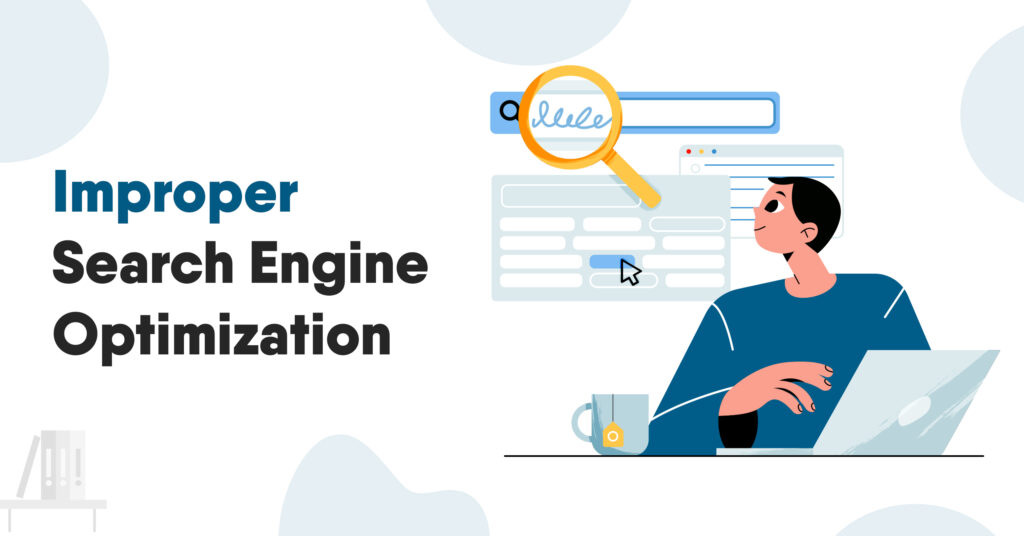
Poor search engine optimization (SEO) for healthcare websites can severely limit their visibility and reach, potentially depriving patients of crucial information and services. When a website is not optimized for search engines, it may fail to rank highly in search results, making it difficult for users to find the site when searching for relevant terms or topics.
This can be particularly problematic for websites related to healthcare sectors, as patients often turn to search engines when looking for information about medical conditions and treatments. Without doing effective SEO for healthcare websites, the web pages may struggle to attract the attention of these users, ultimately hindering their ability to provide valuable services and support.
In addition, poor SEO can also compromise the credibility and trustworthiness of a healthcare website. Users may be less likely to trust a site that doesn’t appear prominently in search results or seems difficult to navigate, leading them to seek out information from other sources instead.
Healthcare websites must prioritize effective SEO in order to reach their target audiences and provide the information and support that patients need. By optimizing their content for search engines and ensuring that their site is user-friendly and accessible, healthcare websites can improve their visibility and credibility, ultimately promoting better health outcomes for patients.
2) Missing Doctor’s Profile
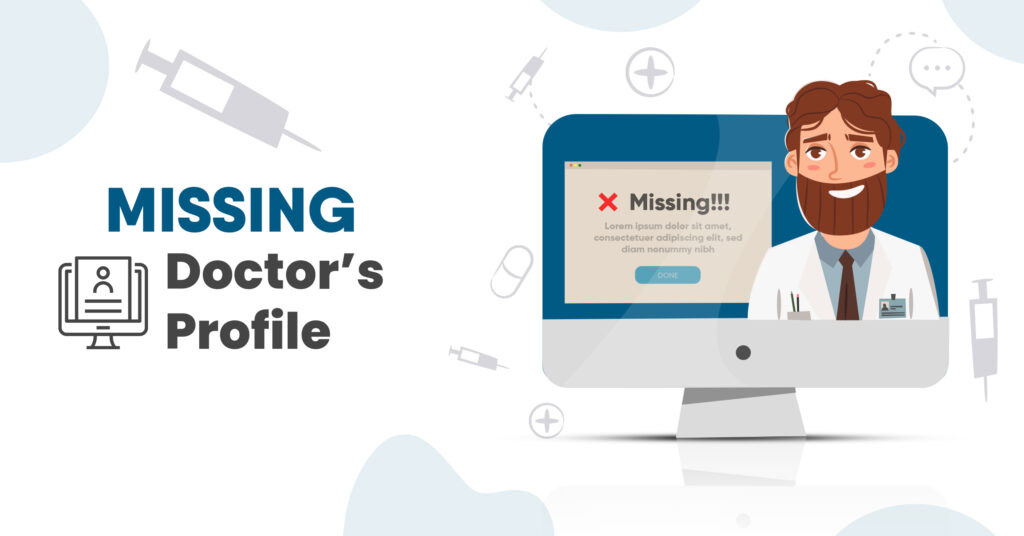
Missing out on a doctor’s profile in healthcare websites can be a significant drawback for patients seeking medical care. When a healthcare website fails to provide detailed information about a doctor’s qualifications, experience, and areas of expertise, patients may find it difficult to make informed decisions about their care.
Having access to a doctor’s profile is particularly important for patients who are seeking specialists or who have complex medical conditions that require specialized care.
Without detailed information about a doctor’s background and expertise, patients may struggle to find a provider who is best suited to meet their needs.
Moreover, a lack of doctor profiles on healthcare websites can also limit patients’ ability to build trust and establish a rapport with their provider. Patients often value a sense of familiarity and connection with their doctors, and detailed profiles can help facilitate this by providing patients with insight into their provider’s personality and approach to care.
By providing comprehensive information about their doctors, healthcare websites can help patients feel more confident and engaged in their healthcare journey, ultimately promoting better health outcomes.
3) Using Complex Medical Terms

Providing complex medical terms in healthcare websites can be both helpful and challenging for patients seeking medical information. On one hand, using accurate and specific medical terminology can provide clarity and precision, helping patients better understand their conditions and treatments.
However, on the other hand, the use of complex medical terms can also be confusing and overwhelming for patients who are not familiar with the language of medicine.
To ensure that patients can understand the information presented on medical websites, it’s important to strike a balance between technical accuracy and accessibility. This can involve providing definitions for medical terms and breaking down complex concepts into simpler language that patients can easily understand.
By striking a balance between technical accuracy and accessibility, hospital websites can provide valuable information and resources that support better health outcomes for patients.
4) Skimp on Hospital/Clinic Photos
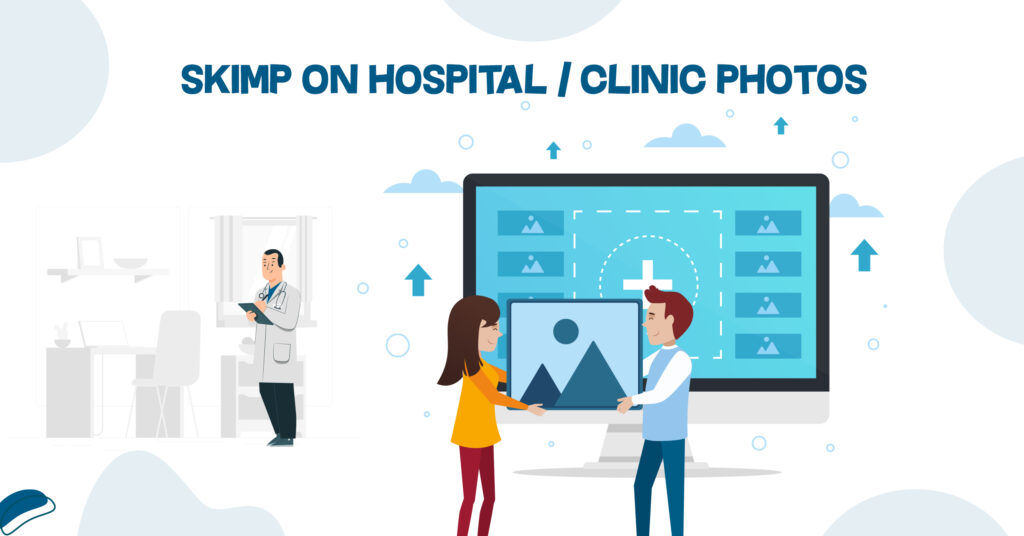
Not uploading clinic or hospital pictures in a healthcare website can be a missed opportunity for healthcare providers to showcase their facilities and provide patients with a better understanding of the care they can expect to receive.
Visuals can play a crucial role in building trust and credibility with patients, and providing images of clinic or hospital facilities can help patients feel more comfortable and confident in their choice of provider.
By giving patients a glimpse of the environment where they will receive care, healthcare providers can help to create a more welcoming and reassuring experience.
Moreover, images of clinic or hospital facilities can also help patients better understand the services and treatments that are available.
For example, photos of medical equipment or treatment rooms can help patients visualize the care they will receive and may even alleviate concerns they may have about unfamiliar medical procedures.
Overall, healthcare websites that fail to upload clinic or hospital pictures may miss out on the opportunity to build trust and engage with patients. By providing visual representations of their facilities, healthcare providers can create a more welcoming and transparent experience for patients, ultimately promoting better health outcomes.
5) Missing out on blogs
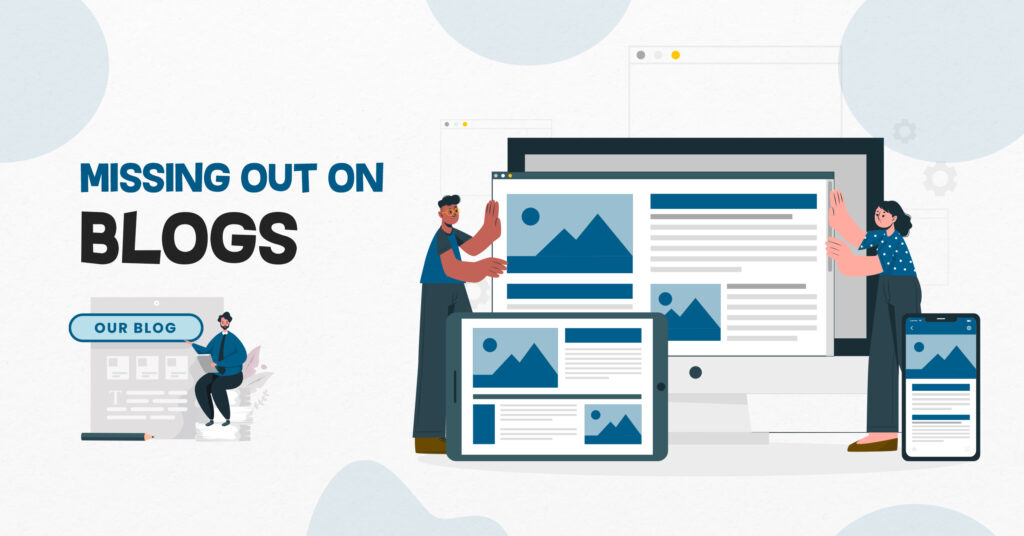
The absence of blog content in a healthcare website represents a missed opportunity for healthcare providers to effectively communicate with their audience, disseminate knowledge, and establish themselves as credible and reliable sources of information.
By failing to offer insightful and informative blog posts, healthcare providers deprive themselves of a valuable tool for engaging with patients, promoting health literacy, and ultimately driving traffic to their website.
The power of blogging lies in its capacity to deliver specialized information and address intricate medical concepts in an accessible and relatable manner. In turn, this can enable healthcare providers to foster meaningful connections with their audience and establish themselves as trusted thought leaders.
Moreover, the incorporation of high-quality blog content into a healthcare website can improve its visibility on search engines and elevate its digital presence, thereby increasing its reach and potential impact.
By integrating a robust and compelling blog strategy, healthcare providers can leverage the power of language to deliver expert medical knowledge, promote health education, and ultimately empower their patients to take control of their own health journey.
Conclusion
In the end, healthcare websites are a vital component of modern healthcare, offering a sophisticated and user-friendly interface for individuals seeking medical information and support. With their advanced features and interactive tools, these websites are a testament to the power of technology to improve health outcomes and promote wellness
These are the most common yet simple mistakes found in healthcare websites ironing out which will enhance the user experience further and also benefits the visitors.
Follow our medical marketing blog to know more ways to acquire more patients for your practice through internet.
Search
Recent Post
Categories
- AI in Healthcare
- Content Marketing
- Dental
- dental Digital Marketing
- Google Ads
- Google my business
- Healthcare marketing
- Healthcare SEO
- Internet Marketing Tips
- Lead Generation
- Local SEO
- Patient Satisfaction
- pay per click
- Pharma Marketing
- Social
- Social Media Marketing
- Traffic
- Website
- Website Designing
Contact
Get in Touch With Us
Coimbatore Address
- 21/1, Periasubbanna Gounder Street, K.K.Pudur, Coimbatore, Tamil Nadu 641038.
- 098942 76263
- info@harveehealthcare.com

Chennai Address
- RMZ Millenia Business Park, Level 6, Phase II, Campus 4B Unit 602A, Kandancavadi, Perungudi, Chennai, Tamil Nadu 600096.
- 098942 76263
- info@harveehealthcare.com

Dubai Address
- Umm Sequeim 3, Jumeirah Rd Opposite Burj Al Arab, Villa #1 855 A Dubai.
- info@harveehealthcare.com

United Kingdom Address
- 3/2 Powderhall Rigg Edinburgh, United Kingdom EH7 4GA.
- info@harveehealthcare.com

Copyrights © 2025 harvee.co.uk

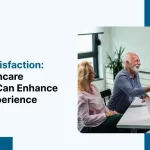

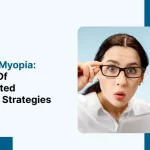







Leave a Reply